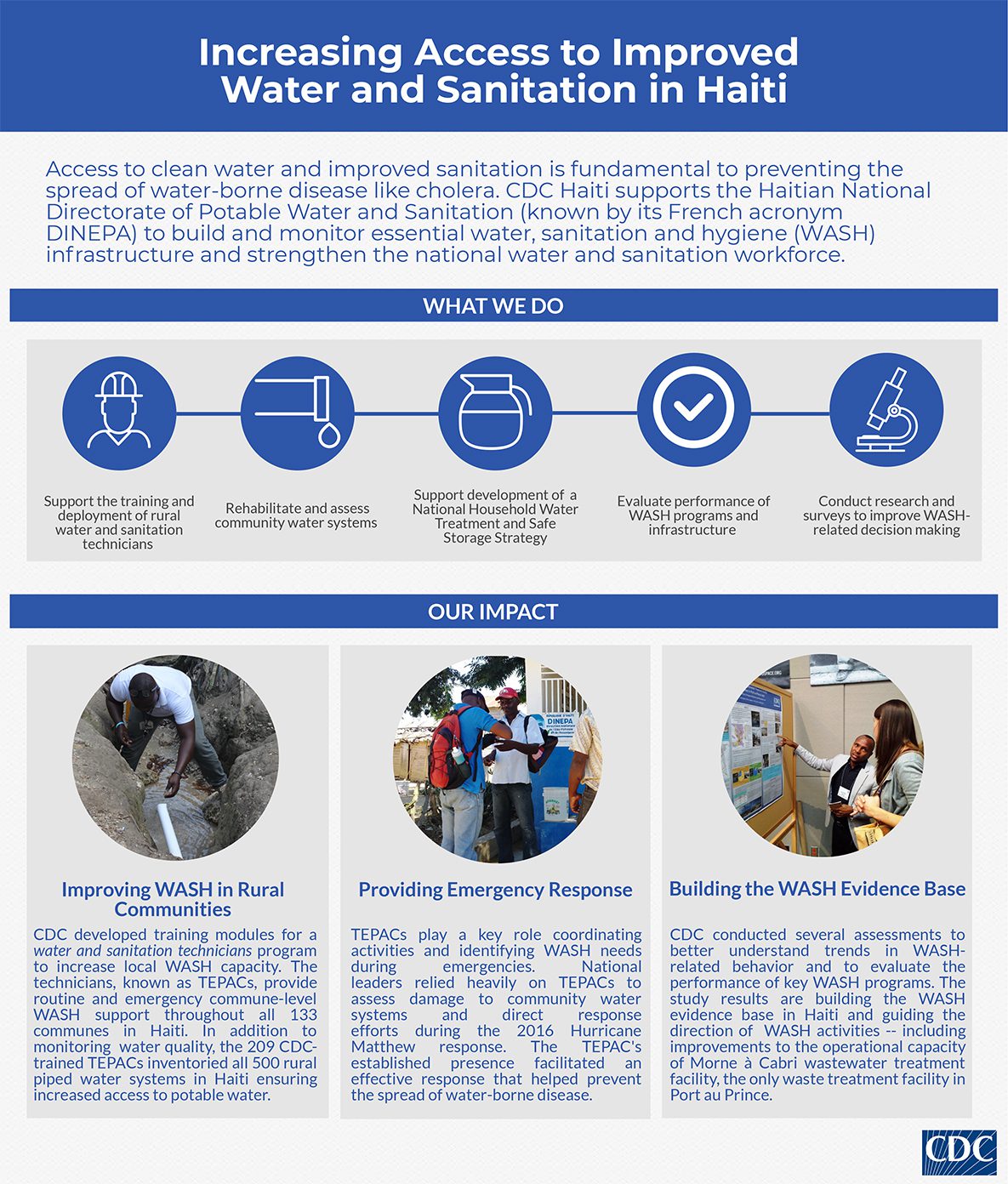The Scientific Description Of Mold Growth Following Water Damage
The Scientific Description Of Mold Growth Following Water Damage
Blog Article
Staff Author-Abildgaard Zhu
So, you've taken care of water damage in your house, yet have you ever before wondered what really happens behind the scenes that causes mold growth? Recognizing PuroClean Rockland County water damage mitigation at play can be essential in tackling this problem effectively. From the first impact of water on surfaces to the function of dampness in mold advancement, there are complex systems that establish the stage for mold to thrive post-water damages. Stay tuned to reveal the fascinating science behind mold growth after water damage and exactly how you can battle it.
## Impact of Water Exposure on Surface Areas
When water permeates surfaces, it launches a series of chemical reactions that lead the way for mold and mildew growth. This invasion produces a wet setting where mold and mildew spores, which are always present airborne, can flourish. The dampness functions as a stimulant, activating inactive mold and mildew spores to sprout and begin the growth process. When activated, why not find out more feed on organic materials present in the damaged area, such as timber, drywall, or fabric, damaging them down to maintain their growth.
The effect of water direct exposure on surface areas is extensive. Not only does it give the required problems for mold to prosper, yet it additionally weakens the architectural honesty of the materials it infiltrates. As mold and mildew colonies expand and spread, they can trigger substantial damages to the surface areas they inhabit. check this site out can jeopardize the safety and security of the afflicted structure and might need considerable fixings to correct. For that reason, dealing with water damages immediately and effectively is essential in preventing mold and mildew development and maintaining the honesty of the affected surfaces.
## Duty of Dampness in Mold And Mildew Advancement
Dampness plays a critical duty in promoting mold advancement, developing an environment for spore germination and development. When water damages happens, the excess moisture provides a breeding place for mold to flourish.
https://writeablog.net/ray737adrian/the-scientific-research-behind-mold-development-after-water-damage and mildew spores, which are present almost everywhere in the environment, require dampness to turn on and begin the growth process. When these spores encounter a wet or wet area, they take in the dampness and begin to multiply rapidly. The existence of moisture not just initiates the germination of spores however also supports the development of mold and mildew hyphae, the branching filaments that create the text of the mold and mildew.
These hyphae spread and release more spores, additionally polluting the location. For that reason, controlling wetness degrees is important in protecting against mold and mildew growth after water damages. Correct drying out techniques and moisture control procedures are important to inhibit mold growth and safeguard your indoor setting from mold-related concerns.
## Environmental Factors Influencing Mold Development
To recognize mold development after water damages, it's essential to think about the different environmental factors that influence the spreading of mold and mildew swarms.
Temperature plays a considerable function in mold and mildew development, with the majority of molds flourishing in temperatures between 77-86 ° F (25-30 ° C).
High humidity levels over 60% develop a helpful environment for mold spores to germinate and spread swiftly.
Poor air flow worsens the concern by capturing dampness inside, supplying an ideal setting for mold and mildew growth.
Additionally, darkness advertises mold and mildew proliferation, making surprise or enclosed areas more susceptible to infestations.
Air flow and air top quality are crucial in mold and mildew avoidance, as stationary air can lead to moisture accumulation and create beneficial problems for mold and mildew to flourish.
Exterior variables like distance to bodies of water or damp dirt can additionally affect interior mold development with boosted humidity degrees.
## Verdict
So, to sum it up, when water permeates into surface areas, it produces a best breeding ground for mold and mildew to grow and spread out.
By managing dampness levels and guaranteeing appropriate air flow, you can protect against mold from triggering more damages to your residential property.
Keep in mind, remaining positive in taking care of water damage is key to maintaining mold away and maintaining a safe living atmosphere.